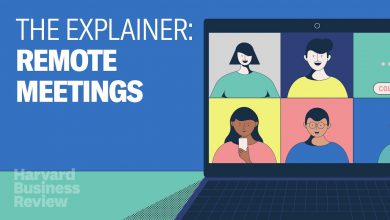Tutorial
Best Practices for Hosting a Zoom Webinar
Some best practice tips for running a Zoom webinar.
 Zoom has become an essential tool for hosting webinars, allowing businesses and individuals to connect with their audience remotely.
Zoom has become an essential tool for hosting webinars, allowing businesses and individuals to connect with their audience remotely.
To ensure a successful and engaging webinar experience, it’s important to follow these best practices:
1. Preparation
Before hosting your Zoom webinar, it’s important to:
- Choose a suitable topic and create a compelling agenda.
- Promote your webinar through various channels to attract attendees.
- Test your equipment, including your microphone, camera, and internet connection.
- Prepare your presentation materials and ensure they are easily accessible during the webinar.
2. Engagement
To keep your audience engaged throughout the webinar:
- Start with a warm welcome and introduction to set the tone.
- Use visual aids such as slides or screen sharing to enhance your presentation.
- Encourage audience participation through polls, Q&A sessions, and chat features.
- Share relevant examples, stories, or case studies to make the content relatable.
3. Technical Considerations
To ensure a smooth technical experience:
- Use a stable internet connection to avoid disruptions.
- Test your audio and video settings before the webinar.
- Consider using a wired connection instead of relying on Wi-Fi.
- Have a backup plan in case of technical difficulties, such as a phone number for participants to dial in.
4. Interaction
Encourage interaction and active participation from your attendees:
- Ask questions and encourage attendees to respond using the chat or Q&A features.
- Address attendee questions and comments during the webinar.
- Assign a moderator to manage the chat and ensure a smooth flow of communication.
- Consider using breakout rooms for smaller group discussions or activities.
5. Follow-up
After the webinar, don’t forget to:
- Send a thank-you email to attendees, including any relevant resources or materials discussed during the webinar.
- Collect feedback to improve future webinars.
- Share a recording of the webinar for those who couldn’t attend.
- Stay connected with your audience through follow-up emails or newsletters.



